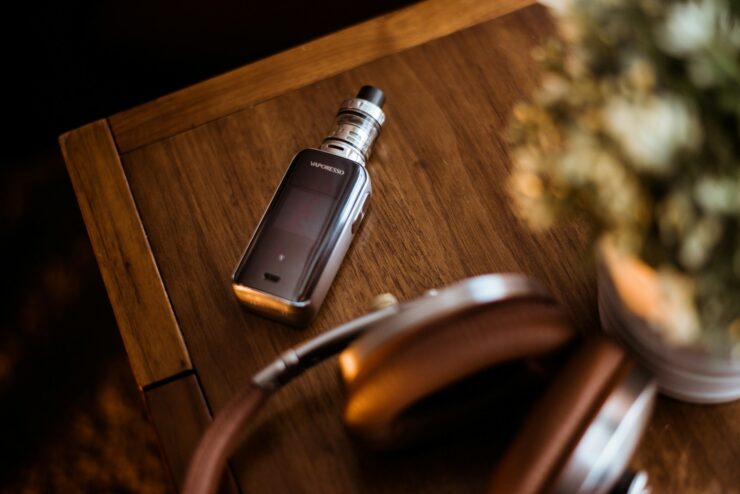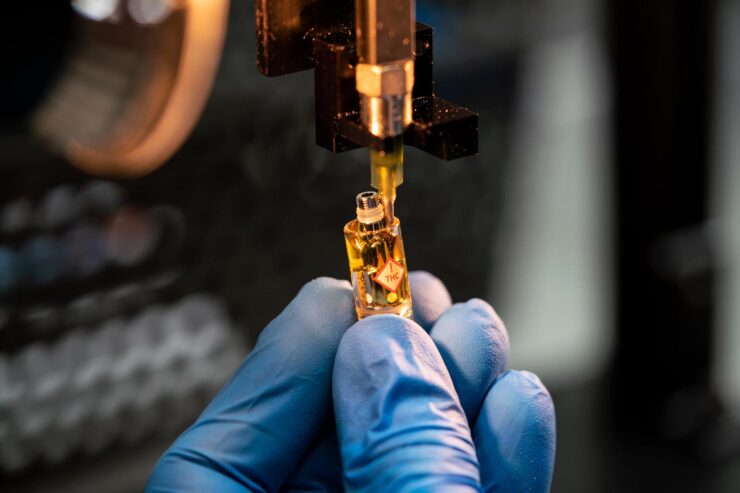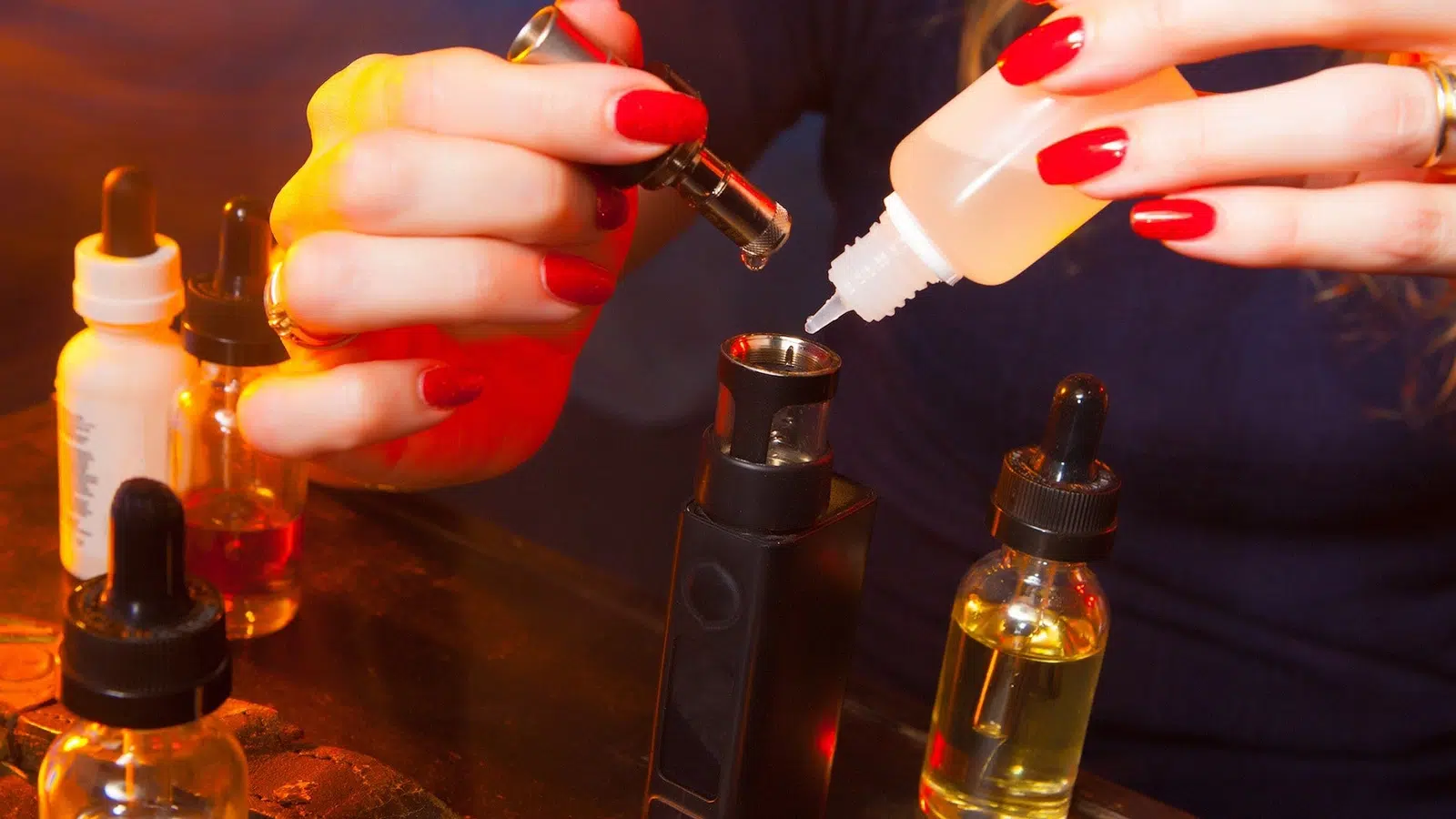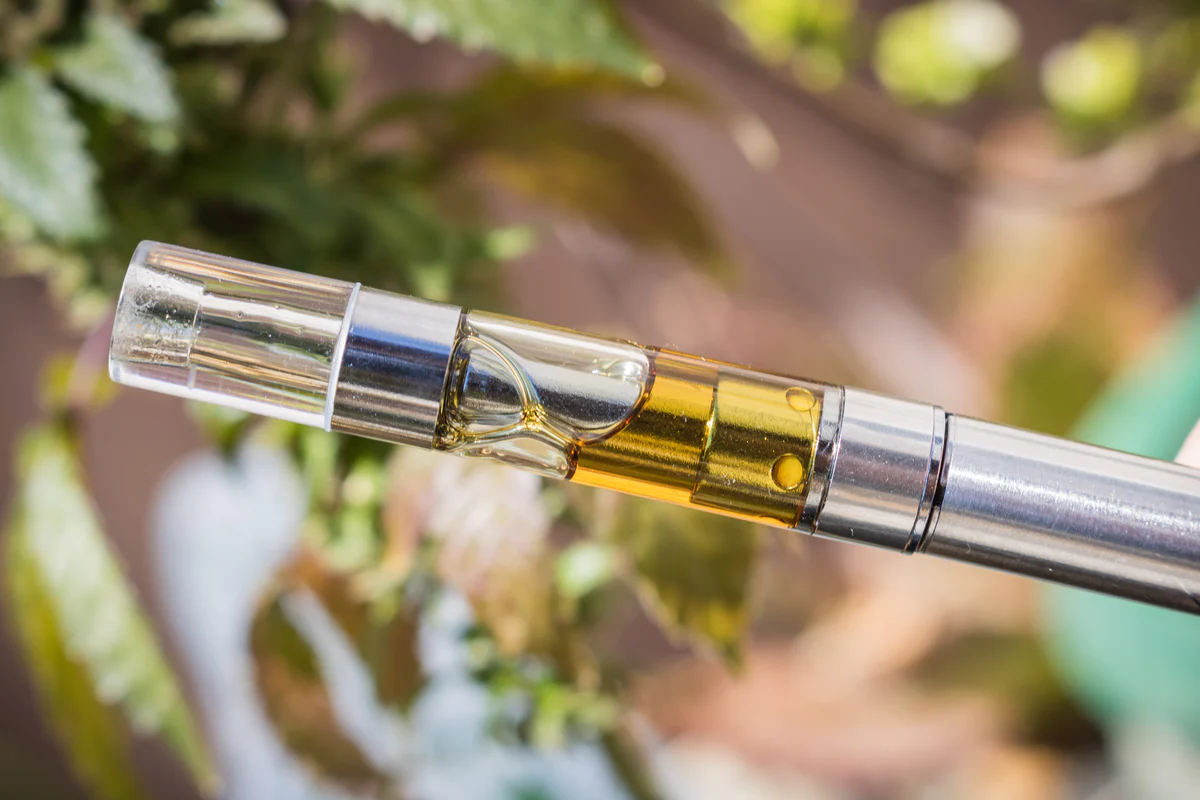THC vape juice is a concentrated form of cannabis, offering an alternative consumption method for THC. It’s a liquid product designed for use in vaporizers and e-cigarettes, providing a discreet and efficient way to enjoy the effects of THC.
This guide is crafted specifically for beginners, aiming to demystify the process of making THC vape juice at home. It covers everything from the importance of selecting the right strain to the intricacies of decarboxylation and infusion.
By following this guide, beginners can learn how to safely and effectively create their own THC-infused vape juice, tailoring the strength and flavor to their personal preferences.
Safety First
When making THC vape juice, safety must be the top priority. It’s crucial to work in a well-ventilated area to prevent the buildup of harmful fumes, especially when using high-proof alcohol during the extraction process.
Wearing protective gear like gloves and safety glasses is essential to avoid direct contact with substances that can be irritating or harmful. It’s also important to keep all equipment and ingredients away from children and pets. Beginners should be aware of the legalities surrounding Tetrahydrocannabinol in their area and ensure that they are complying with local laws and regulations.
Ingredients and Equipment
To make THC vape juice, you need several basic ingredients and pieces of equipment. The primary ingredient is cannabis, which can be in the form of dried buds or trim. High-proof alcohol, such as Everclear, is used for the extraction of THC from the plant material.
A carrier oil, like vegetable glycerin or propylene glycol, is necessary to create the base of the vape juice. Essential equipment includes a grinder for breaking down the cannabis, a baking sheet and aluminum foil for the decarboxylation process, a glass mixing jar for combining ingredients, cheesecloth or a fine strainer for filtration, and a syringe or dropper for transferring the vape juice.

Choosing the Right Strain
The choice of cannabis strain is pivotal in determining the effects and flavor profile of your Tetrahydrocannabinol vape juice. Different strains produce varying effects; for instance, Indica strains are known for their relaxing properties, making them suitable for evening use, while Sativa strains tend to be more energizing and are often preferred for daytime use. Hybrid strains offer a balance between the two.
When selecting a strain, consider the desired effects, whether it’s pain relief, relaxation, or mental clarity. Additionally, the terpene profile of the strain influences the flavor and aroma of the vape juice. In addition to flavor and aroma you should also pay attention to https://cbd.co/thc-vape/weed-pen/.
Decarboxylation
Decarboxylation is a crucial step in activating the THC in cannabis. This process involves gently heating the cannabis to convert THCA, a non-psychoactive compound, into psychoactive THC.
To decarboxylate, grind the cannabis and spread it evenly on a baking sheet covered with aluminum foil. Bake it in a preheated oven at around 220-240°F (105-115°C) for about 30-40 minutes. This process should be done with precision to avoid burning the cannabis, which can degrade the Tetrahydrocannabinol and affect the quality of your vape juice.
Extraction Methods
There are various methods for extracting THC from cannabis, each with its advantages. The most common and beginner-friendly method is alcohol extraction. This involves soaking the decarboxylated cannabis in high-proof alcohol, like Everclear, which pulls the Tetrahydrocannabinol out of the plant material.
After soaking for a few hours, the mixture is strained to remove the plant matter, leaving behind a THC-infused alcohol solution. Another popular method is using a carrier oil, like coconut oil, for extraction. This method is simpler but typically results in a less potent product.

Creating the Vape Juice Base
Once you have your THC extract, the next step is to mix it with a carrier oil to create the base of your vape juice. The most commonly used carrier oils are vegetable glycerin (VG) and propylene glycol (PG).
VG is thicker and produces more vapor, while PG carries flavor better and provides a stronger throat hit. Many vapers prefer a mixture of both for a balanced experience. To create the base, gently heat the carrier oil and mix in the THC extract. The ratio of THC extract to carrier oil can vary depending on the desired potency, but a common starting point is a 1:1 ratio.
Calculating Dosage
Calculating the THC dosage in your vape juice is important for a consistent and safe vaping experience. The potency of your vape juice depends on the strength of the cannabis used and the ratio of cannabis to carrier oil. A simple formula for beginners is to divide the total amount of THC in your extract by the volume of the vape juice.
For example, if you use 1 gram of cannabis with 10% Tetrahydrocannabinol, that’s 100mg of THC. If you mix this with 10ml of carrier oil, your vape juice will have a concentration of 10mg/ml. It’s essential to start with a low dosage and gradually increase it to find the ideal strength for your needs.
Infusion Process
The infusion process involves combining the THC extract with the carrier oil to create the vape juice. This can be done using a double boiler or a slow cooker, maintaining a low and consistent heat to avoid degrading the THC.
The mixture should be heated for several hours, allowing the Tetrahydrocannabinol to fully infuse into the carrier oil. The duration of the infusion process can vary, but a general guideline is to infuse for at least 2-3 hours. Stirring the mixture occasionally ensures even distribution of THC throughout the carrier oil.

Straining and Storage
After the infusion process, the next step is to strain the THC-infused oil to remove any remaining plant material. This can be done using cheesecloth or a fine mesh strainer. The strained oil should be clear and free of particulates.
Proper storage of the THC vape juice is crucial to maintain its potency and flavor. Store the vape juice in airtight, dark glass bottles to protect it from light and air, which can degrade Tetrahydrocannabinol. The vape juice should be kept in a cool, dark place, like a cupboard or refrigerator.
Filling Vape Cartridges
Filling vape cartridges with THC-infused oil requires careful handling to avoid spills and contamination. Use a syringe or dropper to transfer the oil into the cartridge, filling it to the indicated line without overfilling.
Ensure that the cartridge is compatible with your vape pen and that all components are clean before assembly. It’s important to fill the cartridges in a clean environment to prevent any foreign particles from entering the vape juice. Once filled, the cartridge is ready to be attached to the vape pen for use.

Usage and Final Thoughts
To use THC vape juice, simply attach the filled cartridge to a compatible vape pen and inhale as desired. Beginners should start with small puffs and gradually increase their intake to find the right dosage for their needs.
It’s important to use THC vape juice responsibly and be aware of its effects, especially if trying it for the first time. In conclusion, making Tetrahydrocannabinol vape juice at home can be a rewarding and personalized experience.
Related Posts:
- How Long Does Vape THC Stay in Your System?…
- Managing and Monetizing Your Social Media Presence:…
- Tips and Tricks on How to Get a Perfect Start Into…
- Money-Making Tips and Tricks in OSRS: From Noob to Tycoon
- Understanding EMS Training: Essential Information…
- How to Get Into Diamond Painting: Unveiling the Art…












